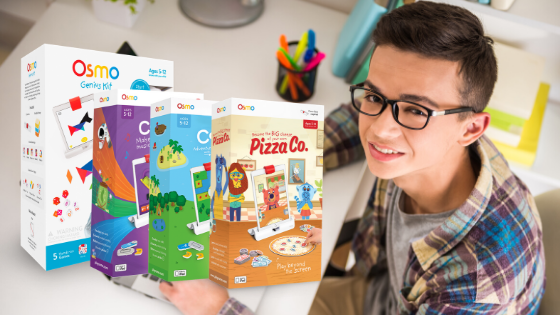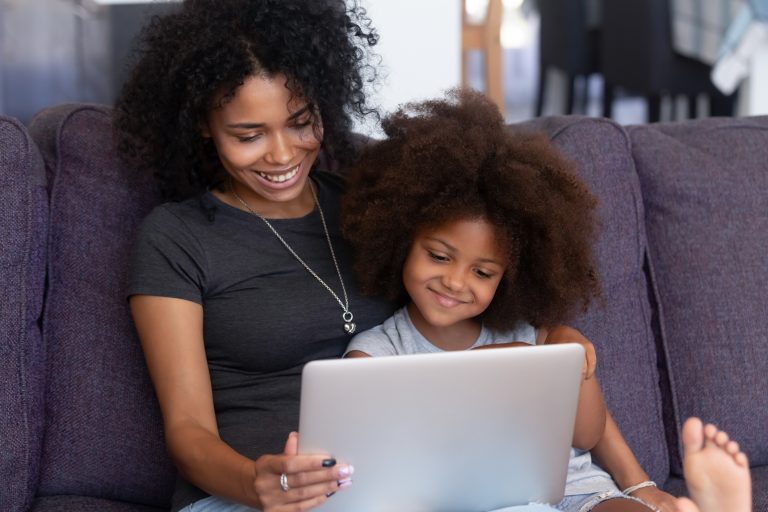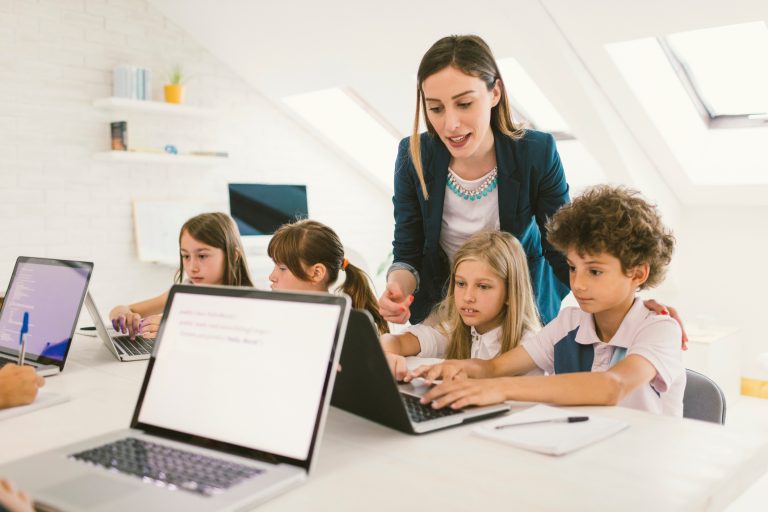Many parents are encouraging their kids to learn coding at an early age. Much of this is fueled by the growing perception that coding is a new literacy that will be as important as math, reading, and science. During my daily activities as Director of CodaKid, a kids coding and game design academy and computer camp in the Phoenix Scottsdale area, parents frequently ask me how they can get their kids excited about computer programming.
Many lament that they have tried enrolling their kids in online video courses or purchased books, but that students try them for a few sessions and then discontinue. In this blog post, I have assembled a list of some creative ways that might help pique your student’s interest in computer programming for the long haul.
Table of Contents
1. Help kids discover that coding is creative and fun
Most kids love creating things. As coding is inherently a creative process, it is essential to build this mental connection between coding and creativity. When coding is taught to children in a dry academic setting, many kids feel intimidated, overwhelmed, bored, or indifferent.
If kids don’t experience some moments of gratification along the way, learning to code will seem like a never-ending project with a long, difficult instruction manual to which they constantly have to refer. They will often burn out and direct their attention elsewhere. What we as coding educators need to try to create are those magic moments when kids create code and then experience those exciting “I wonder what will happen” moments. We want kids to play, explore, and create with code.
2. Encourage kids to try coding platforms that involve gaming and game design
Children love to explore, and a great way to get thejm to explore coding is to find age appropriate educational software that doesn’t require parental assistance or constant reading of a user manual.. Getting your 8 year old enrolled in a PHP database programming course is generally discouraged. Kids will respond better to a platform that involves gaming, creativity, and fun. Here are some ideas that may help you:
Scratch was developed at MIT, and is a free, open-source educational visual coding platform that is excellent for kids ages 5 to 10. Utilizing a highly intuitive, visual platform with clickable sprite and command blocks, Scratch also has a wonderful database of student projects where you can study the source designs of thousands of games, from Space Invaders to Asteroids.
Tynker is similar to Scratch but with a more structured curricula and a sleeker interface. Beginner courses start at $50 for self-paced courses with quizzes and reward badges. Like Scratch, users are limited to 2D games, but the platform does an excellent job of teaching universal coding concepts within an easy to use platform.
GameMaker Studio is a more powerful open source game creation engine that has free and paid professional licensing options. GameMaker caters to absolute beginners and seasoned vets and provides an easy to use intuitive interface. Scratch is great for kids ages 10 and up, and is even fun for techy Moms and Dad’s who want to jump in and enjoy the process with their kids.
3. Invest in a Kano
When I was little, my Dad and I used to build model rockets on weekends. Fast forward to 2015, and I can’t think of a cooler way for a parent to spend time with a child than to build and code with a Kano together. The assembly process will give your child a hands on experience with computer hardware, and once the hardware is assembled there are some fun and educational programs that you can work on together that will peak her interest in software. The instruction manual is excellent and the documentation you’ll find online is also very helpful. At our kids coding academy, we have these around for side projects in our breakout rooms, and we also use them as raffle prizes. It’s $150 dollars well spent.
4. Look for a mentor
Coders are often surprisingly generous with their time, and most understand how important coding education is to our country’s future. Try to find a family friend or colleague that would be willing to spend some time with your child either in person or over a video conferencing screen share solution like Join.Me. While working through some self-paced online curricula, it is always great to have someone you can turn to during those moments when you get stuck.
5. Find local kids coding groups, hackathons, code-a-thons, or commercial coding academies.
In many towns and cities across the country, you will be able to find local kids coding clubs, coding after school programs, code-a-thons, hackathons, and Makers Fairs with coding-related booths. Do Google or Bing searches for local opportunities in your area and see what you find! Another option is to search out commercial establishments that are becoming more popular in cities across the US. Our company CodaKid for example offers online coding classes, computer camps, game design workshops, and more.

















